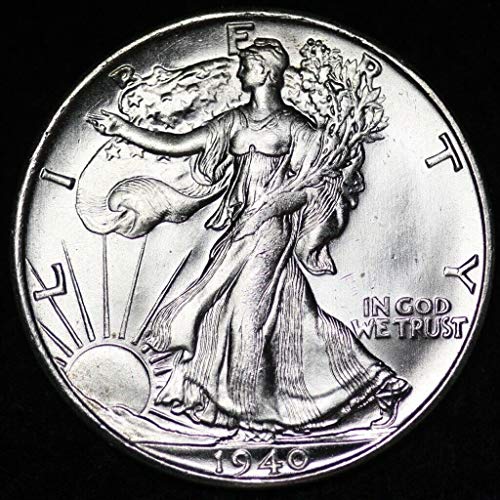Last Updated on April 14, 2022
The purchasing power of $1 in 1940 is the same as $20.27 today, whereas a dollar in 1940 had the same purchasing power as $20.27 today. This works out to be a difference of $19.27 over the course of 82 years.
Between 1940 and 2022, the dollar’s annual inflation rate was 2.43 percent. The dollar’s total price rise over this period was 1,926.54%.
Contents
How much was a dollar worth in 1940?
In 1940, a dollar was worth $1. In purchasing power terms, this amounts to roughly $20.27 today, or an increase of $19.27 in 82 years. The dollar has seen an average annual inflation rate of 3.74 percent throughout the twentieth century, resulting in a cumulative price increase of 1,926.54%.
According to the Bureau of Labor Statistics consumer price index, today’s prices are 20.27 times greater than typical costs since 1940. A dollar today buys 4.933 percent of what it could buy in 1940.
In 1940, the rate of inflation was 0.72%. Today’s inflation rate is now 7.87%, compared to last year’s rate of 8.70%. If this occurs, $1 today will be worth $1.08 next year if current trends continue. The most up-to-date information on inflation rates can be found on the latest inflation rates.
Buying power of $1 in 1940
In order to adjust for inflation, you’d have to make it $20.27 at the conclusion of your time period.
When $1 is worth approximately $20.27 over time, it indicates that the “real value” of a single U.S. dollar decreases over time. In other words, a dollar will be able to purchase fewer items at the store.
This is how inflation destroys the value of a dollar over time. The chart below illustrates how $1 was worth less by approximately 1% each year between 1940 and now.
The value of $1 from 1940 to 2022
What does this information indicate? It implies that prices in 2022 will be 0.20% higher than typical values since 1940. A dollar today may purchase 4.93% of what it could buy in 1940.
The Bureau of Labor Statistics’ (BLS) CPI was used to calculate the value of $1 between 1940 and 2022, according on the BLS.
The CPI in 1940 rose at an annual rate of 0.72 percent, whereas the year-over-year change in the inflation rate (2021 to 2022) is currently 7.87%.
Inflation by Country
Inflation varies considerably by nation. In the United Kingdom, one pound in 1940 is worth £59.65 today, a difference of £58.65 and a cumulative change of 5,864.73%.
In Canada, a dollar in 1940 would be worth $18.06 in 2022, an absolute difference of $17.06, and a cumulative change of 1,705.64 percent.
Comparing these figures to the US’s overall absolute change of $19.27 and total percent change of 1,926.54 is simple.
Inflation by Spending Category
The weighted combination of many sorts of spending that are tracked by the government is known as the CPI. Breaking down these categories can assist you in understanding why prices have changed.
Inflation Rate Definition
The rate of inflation is the amount by which the overall cost of a basket of specified products has risen over time. It indicates a drop in currency’s purchasing power and, as a result, an increase in consumer prices (CPI). Simply stated, the inflation rate is the pace at which general consumer goods costs rise when currency purchase power is declining.
The most common cause of inflation is an expansion in the money supply, though it can be induced by a variety of factors and occurrences. When the value of the floating currency rises, its scarcity decreases. This implies that the currency is no longer as scarce and therefore less valuable.
The inflation rate is the rate at which money loses value when compared to a predetermined basket of consumer products and services, which is valued on an annual basis.

